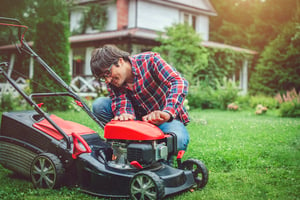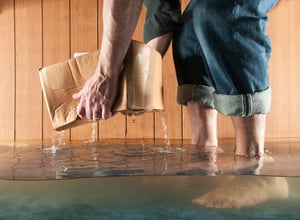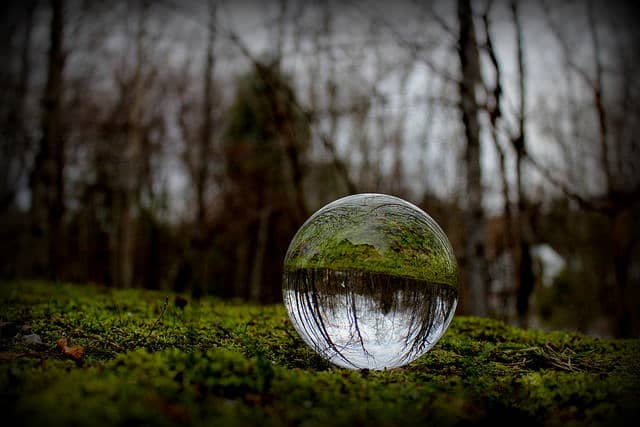The minutes right after a car accident are a blur. What just happened!? What am I supposed to do now?
Well, first, take a deep breath then:
1. Move to a safe location
If you are able to move your vehicle, get to a safe location off the road and put your hazard lights on.
2. Check on everybody involved
Are you okay? Any pain when you move? What about the other vehicle(s)? It’s important to check to see if anybody needs immediate help.
3. Call 911
The dispatcher will ask where you are and if anybody is hurt. Give them the best description of your location. Landmarks such as nearby gas stations or mile markers are helpful. This is important to do even for minor collisions. If the police are able to come to the scene, they will file a report of your car accident. This will help your insurance claim process.

4. Exchange insurance information with anyone involved
Whether law enforcement is able to come to the scene or not, documentation is crucial. Make sure you record important details, like:
- Driver’s contact information (name, phone number and address)
- License plate numbers
- Driver’s license numbers
- Car insurance information (name of insurer, address and phone number)
Additionally, if you or someone else in your vehicle can safely take photos of the accident scene and involved vehicles it can help with documentation. Lastly, try to limit your conversations with involved parties. An auto accident is likely to lead to a liability dispute and the accident scene is not the appropriate forum for those discussions.
5. Call your insurance agent
After the police arrive, call your local independent agent that services your policy. If the accident happens after your insurance agent’s operating hours, some carriers offer an after-hours 1-800 number. For Auto-Owners policies, we have our 1-888-252-4626 number for after-hours claims.
6. Call your veterinarian if your pet was in the car, and was injured, during the accident
At Auto-Owners, we believe that pets are family. That’s why our auto policies come with Pet Medical Coverage. This coverage may pay up to $750 for your injured pet’s medical expenses, with no extra charge or deductible.
We’ll Take It from Here
After you call your agent, one of the first things that will happen is a claim number will be assigned. Soon after that, a claim representative will be assigned to your claim. The claim representative assigned to your claim will guide you through the process of getting an estimate for your vehicle. The method of inspection will be determined by the severity of the damages to your vehicle.
Whether your car needs a minor repair or is a total loss, the claim representative’s job is to answer any questions and help get you back on the road.
Depending upon your state of residence, some insurance companies may require you to choose from a list of preselected body shops for repairs. At Auto-Owners, we let you choose where you want your repairs done and then work with them to come to an agreed price.

Getting Behind the Wheel Again
Your auto policy may include a rental car reimbursement. With Auto-Owners, your claim representative will work with you and the rental agency to bill us directly, subject to your policy limits. Your policy will keep you in the rental for a reasonable time to conduct the repairs or until any total loss offer. We may also cover food and lodging for a short time immediately following the accident if you are on vacation or out of town on business when the accident happens.
It is good to have a local support when you’re involved in a car accident. With over 100 claim offices in 26 states, we believe our claims branches should be as close as possible to our policyholders and agents.
Posted by AutoOwners Insurance, April 2020



